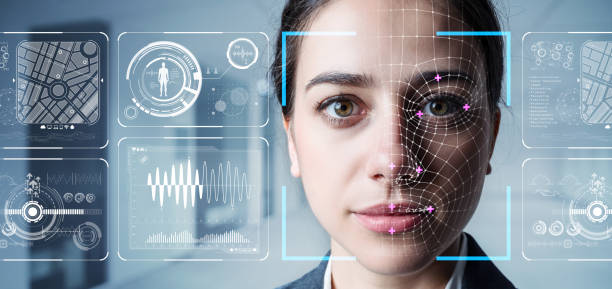Iris recognition is a method of identifying individuals based on the distinct patterns found in their irises- which is the colored portion of the eye that surrounds the pupil. This approach is incumbent upon the fact that every person has his distinct pattern in the iris area. Hence, it forms a robust security recognition system. Sectors about law enforcement consider iris recognition as the most effective approach to identifying individuals. The reason why it is the most sought-after is because of its ability to resist false matches.
Now that we have gathered a basic understanding of Iris recognition, let’s expound upon its working
The Working of Iris Recognition
A camera takes a picture of the person’s eye. The focus is kept on the iris. The image captures the subtle patterns of the iris that are unique to the particular individual. This pattern is then assessed, analyzed, and converted into a code that will eventually represent the person’s identity. The code is eventually stored and later utilized for future purposes.
Iris recognition also works with contact lenses and glasses. Hence, it can be utilized by blind people. But they need to have an iris. This diversity makes iris recognition a highly adaptable technology for secure identification.
Benefits of Iris Recognition;
The characteristics of an iris are very unique. Every person has a distinct iris pattern in both his left and right eyes. There are many advantages of this technology, let’s discuss a few of them
- Contactless:
Unlike fingerprint scanners, iris recognition does not require any physical contact. The scanner reads the iris pattern of an individual from a short distance. This makes it even more hygienic. For example, it can be utilized in public places where many people often touch surfaces like ATMs or border control gates.
- Accuracy
It is a known fact that the pattern of the iris is different for every individual, even if they are identical twins. Hence, the details allow for a highly accurate matching. This minimizes the risk of any mistaken identity. For example, iris verification systems can be used in facilities that need high security like banks or other government offices. This ensures that only authorized people gain access.
- Spoof Proof
Iris scan is almost impossible to forge or replicate. This is because it is an internal organ that is protected by the cornea. So in facial recognition where there is a chance that a high-quality photo can spoof the systems, but iris recognition is much more secure. For instance, iris scanners can be utilized to protect confidential information on passports or governmental documents.
- Stability over Time
The iris is something that does not change throughout a person’s life as compared to fingerprints which can become worn down. Therefore iris recognition is one of the most reliable identification approaches in the long term. For example, iris scanners can be utilized for enrollment in schools or membership programs. These are the places where a single scan can be used for identification for many years.
- Fast Matching
An Iris recognition system can analyze the iris pattern and can match it against a database very efficiently. This breeds a speedy identification process and minimizes wait times. For example, iris scanners can best be implemented at airport immigration checkpoints so that passengers can be cleared immediately.
Drawbacks
Now that we have discussed the benefits, it is important to share some of the shortcomings and drawbacks of iris detection.
- Cost
Iris scanning technology cannot function properly without specialized cameras with near-infrared illuminators. This makes the scanners very expensive compared to other forms such as fingerprint or facial recognition software. For example, installing an iris scanner at every public school entrance might lead to very high costs.
- User Acceptance
There may be certain people who might feel uncomfortable having a device near their eyes. Moreover, people with sensitive eyes or suffering from claustrophobia might not even dare to use an iris recognition device. Moreover, there are certain regions where the cultural norms make iris recognition less acceptable due to privacy concerns.
- Data Security
Almost every biometric system relies on storing templates. Similarly, in iris scanning, the iris patterns are stored for later verification. This means that if the collected data is compromised it could eventually be misused. For instance, a data breach at an organization that uses iris scanners as their security system could lead to a security risk if the hacker was able to steal all the iris template data.
Concluding Remarks
Iris recognition offers high accuracy when it comes to security verification. It is not only fast but extremely reliable in various high-security environments. However, certain limitations come with it. Such as cost, user acceptance, and data security concerns. But if the technology gets better the costs will eventually come done and it will become a more mainstream and powerful tool for identification.











